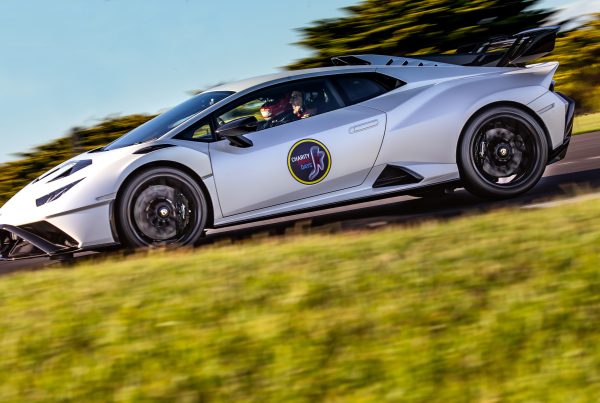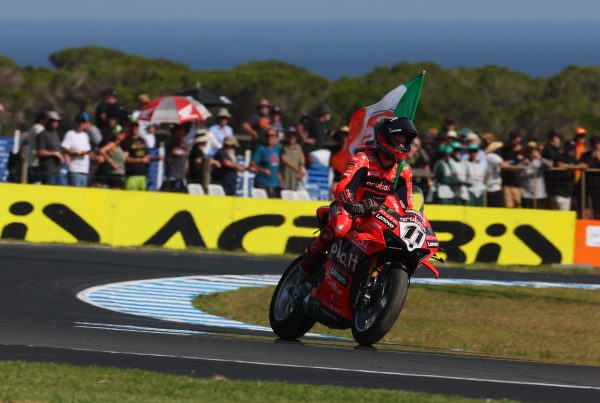
The global economic downturn has taken a toll in numerous industries, and auto sales have taken a beating. Lotus is an exotic car manufacturer known for producing luxurious vehicles such as the iconic Esprit over the past several decades, but this classic automaker has fallen onto hard times recently.
The Esprit was discontinued in the early 2000’s, in a bid to sharpen their focus on lightweight racing vehicles. Some of these models, such as Lotus’s Exige and Elise have shown consistent sales. Yet overall sales figures have declined steadily and profits have stalled. To turn the situation around, Lotus has just unveiled an ambitious and potential high-reward revival plan. A combination of new models and new leadership could see this legendary British manufacturer back on track.
Approximately three years ago, Lotus revealed a different revival strategy that has proven to be less than profitable. They planned to revive their popular Esprit, and five additional new concept cars were showcased at the Paris motor show in 2010. This plan was meant to take on other racing giants like Ferrari or Lamborghini, but the plan was perhaps too ambitious and sales didn’t materalise. The chief executive Dany Bahar was fired in June 2012, which led many to believe that Lotus was a company beyond salvation. Furthermore, Australian distributors like Ateco were left without cars to sell due to a dispute with suppliers.
The new three-year revival plan may just change all of this and turn Lotus’s luck right around. The British carmaker was taken over by the Malaysian company, DRB-Hicom, who has spent over $165 million to keep the company afloat. Sales have risen during this time period, which has led the owner to believe that further investment could yield an even greater payoff. DRB-Hicom has now signed off on this new program to improve Lotus’s existing products rather than focus on new concepts. At the moment, Lotus manufactures three cars, including the Elise, Evora, and Exige. The range will grow to include new derivatives or variants, with improved features, technology, and performance.
One of the first vehicles to exemplify this new revival strategy is the hardcore Exige S. It was released in Australia in April at a starting price under $120,000, sitting in the middle of Lotus’s new price range. The revised Elise will retail at $67,990 and the Evora will top out at just under $151,000. These new prices make the Lotus more affordable, on par with BMW cars rather than Ferraris, and it’s hoped that sales will soar as a result. Despite the lower prices, these new Lotus models still pack a punch compared to rival sports cars like the Porsche Cayman or Audi TT RS. In terms of power, the new Exige S provides 258 kW, compared to the Porsche’s 202 kW or Audi’s 265 kW engines, and it does this at a sticker price a good $20K lower.
By improving the existing models and investing more money into production, DRB hopes to boost Lotus’s sales and revive this luxury brand to its former days of glory. It remains to be seen whether this can be done, but with positive reviews of the new Exige S, it seems highly possible.











